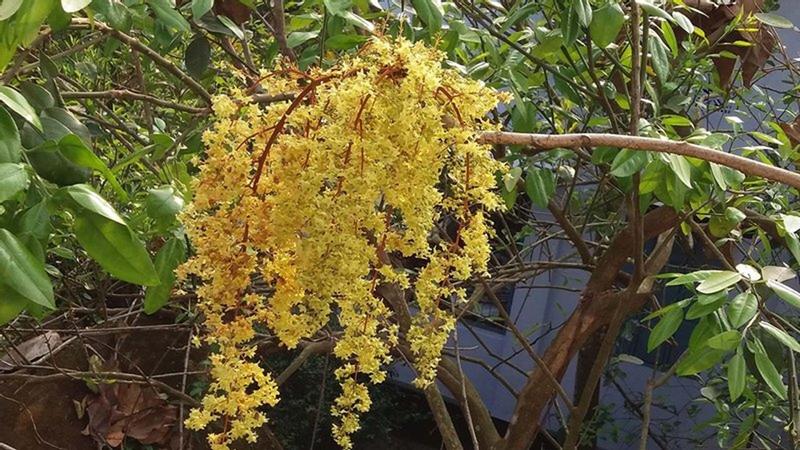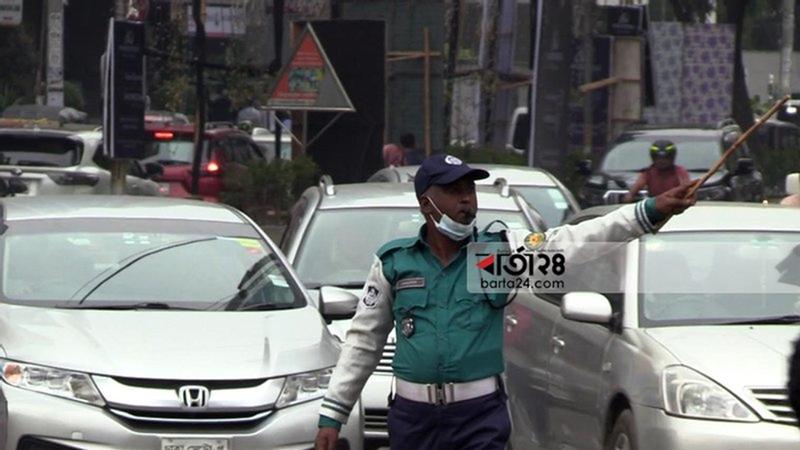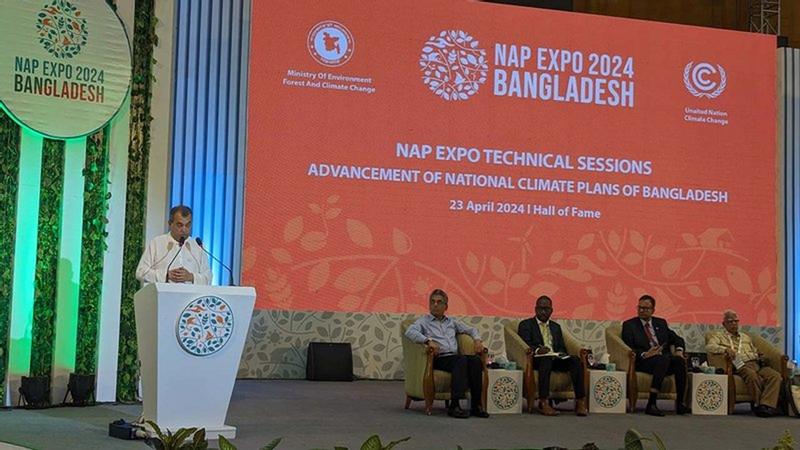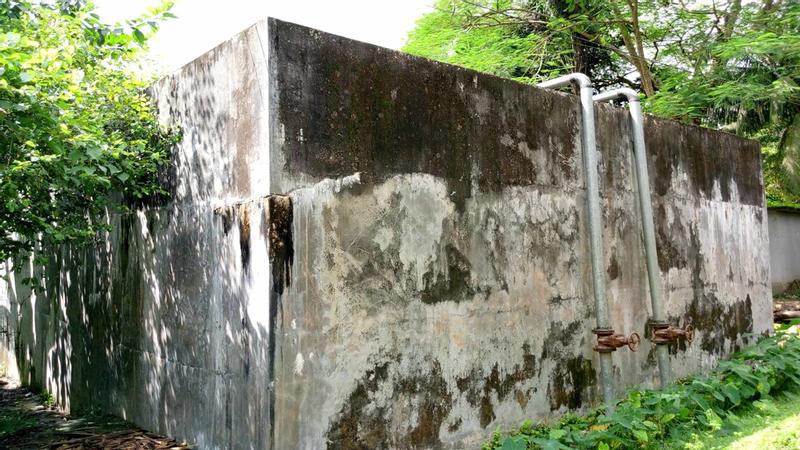Vision impairment cases will rise dramatically – WHO
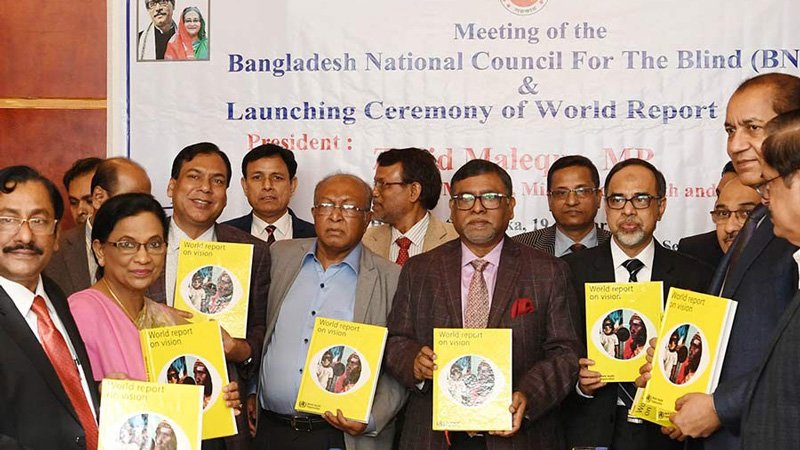
photo: collected
Globally at least 2.2 billion people are suffering from vision impairment of whom at least 1 billion have the impairment that could have been prevented, according to a new report of the World Health Organization (WHO).
The World Report on Vision launched in Bangladesh on Sunday (Jan. 19) says eye conditions and vision impairment are widespread across the world, and far too often they still go untreated, according to press release of WHO.
Health Minister Zahid Maleque formally launched the report at an event organized at The Westin Dhaka by International Agency for the Prevention of Blindness (IAPB), INGO Forum in Eye Health, and National Eye Care of Bangladesh government.
He also inaugurated a two-day workshop titled ‘World Report on Vision – Developing Bangladesh Action Plan’ at the same event.
Launching the report, the Health Minister said the government will help set up vision centers, where primary eye care, glasses and medicine, referral and telemedicine services are offered, in all the upazilas of the country to make eye care services available to the grassroots people.
His assurance came after representatives of the institutions working for eye care said that they have established vision centers in 70 upazilas and will set up such centers in 130 other upazilas by 2022.
Zahid Maleque said around 4,500 physicians have recently joined government service and another 5,500 doctors will be recruited for facilitating prompt delivery of health services across the country.
The Minister claimed that the rate of blindness in Bangladesh among the 30 plus age group has declined to 1 percent from 4 percent years ago, thanks to different steps of the government.
He laid emphasis on ensuring modern equipments, skilled manpower and awareness among the people about eye health problems to fight vision impairment.
The WHO report says population growth and ageing, behavioral and lifestyle changes, and urbanization, will ‘dramatically’ increase the number of people with eye conditions, vision impairment and blindness in the coming decades.
“The global need for eye care will also rise dramatically in the coming decades posing a considerable challenge to health systems,” it says.
According to the report, the costs of the coverage gap for unaddressed refractive errors and cataract globally are estimated to be $14.3 billion US dollars. “These are the additional costs that would be required to the current health system using an immediate time horizon.”
It says the burden of eye conditions and vision impairment is not borne equally; the burden is greater in low- and middle-income countries and underserved populations, such as women, migrants, indigenous peoples, persons with certain kinds of disability, and in rural communities.
Prime Minister's former Health Affairs Adviser Prof Syed Modasser Ali, Health Services Division Secretary Asadul Islam, DGHS Director General Prof Abul Kalam Azad, and IAPB Country Chair for Bangladesh and Director General of Medical Education Prof AHM Enayet Hussain, among others, spoke at the report launching event.
IAPB Regional Chair for Southeast Asia Dr Taraprasad Das presented the keynote paper at the workshop. Asia-Pacific Academy of Ophthalmology President (Elect) Prof Ava Hossain, DGHS former director general Prof Deen Mohd Noorul Huq, Ophthalmological Society of Bangladesh (OSB) President Prof Md Sharfuddin Ahmed, INGO Forum in Eye Health Chair Mohammad Mushfiqul Wara, National Eye Care Director Prof Golam Mostafa, Orbis International Country Director for Bangladesh Dr Munir Ahmed, and media personality Nayeemul Islam Khan spoke at the workshop on the first day.
According to the deliberations of the speakers, 750,000 people are blind in Bangladesh while the number of visually impaired people exceeds 6 million.
The speakers made several recommendations for combating vision impairment. They include making eye care an integral part of universal health coverage; implementing integrated people-centered eye care in health systems; promoting high-quality implementation and health systems research, and raising awareness about eye care needs


